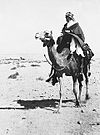
Moby-Dick; or, The Whale is an 1851 novel by American writer Herman Melville. The book is the sailor Ishmael's narrative of the maniacal quest of Ahab, captain of the whaling ship Pequod, for vengeance against Moby Dick, the giant white sperm whale that bit off his leg on the ship's previous voyage. A contribution to the literature of the American Renaissance, Moby-Dick was published to mixed reviews, was a commercial failure, and was out of print at the time of the author's death in 1891. Its reputation as a Great American Novel was established only in the 20th century, after the 1919 centennial of its author's birth. William Faulkner said he wished he had written the book himself, and D. H. Lawrence called it "one of the strangest and most wonderful books in the world" and "the greatest book of the sea ever written". Its opening sentence, "Call me Ishmael", is among world literature's most famous.
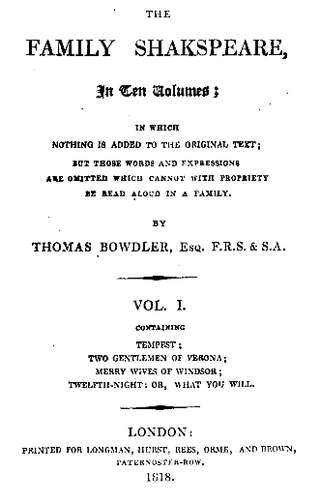
Thomas Bowdler, LRCP, FRS was an English physician known for publishing The Family Shakespeare, an expurgated edition of William Shakespeare's plays edited by his sister Henrietta Maria Bowdler. The two sought a version they saw as more appropriate than the original for 19th-century women and children. Bowdler also published works reflecting an interested knowledge of continental Europe. His last work was an expurgation of Edward Gibbon's Decline and Fall of the Roman Empire, published posthumously in 1826 under the supervision of his nephew and biographer, Thomas Bowdler the Younger. From his name derives the eponym verb bowdlerise or bowdlerize, meaning to expurgate or to censor something through the omission of elements deemed unsuited to children in literature and films and on television.
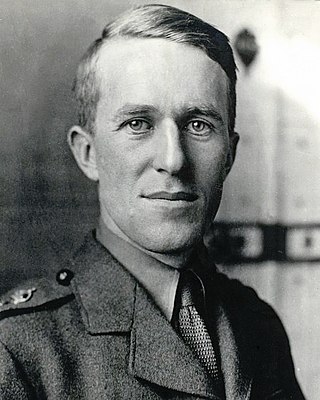
Thomas Edward Lawrence was a British Army officer, archaeologist, diplomat and writer best known for his role during the Arab Revolt and Sinai and Palestine campaign against the Ottoman Empire in the First World War. The breadth and variety of his activities and associations, and Lawrence's ability to describe them vividly in writing, earned him international fame as Lawrence of Arabia, a title used for the 1962 film based on his wartime activities.

David Herbert Lawrence was an English novelist, short story writer, poet, playwright, literary critic, travel writer, essayist, and painter. His modernist works reflect on modernity, social alienation and industrialization, while championing sexuality, vitality and instinct. Three of his most famous novels — The Rainbow, Women in Love, and Lady Chatterley's Lover — were the subject of censorship trials for their radical portrayals of sexuality and use of explicit language.
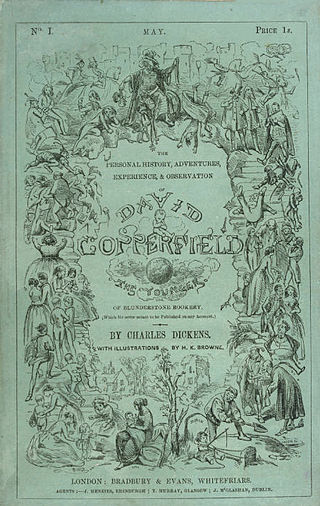
David Copperfield is a novel by Charles Dickens, narrated by the eponymous David Copperfield, detailing his adventures in his journey from infancy to maturity. As such, it is typically categorized in the bildungsroman genre. It was published as a serial in 1849 and 1850 and then as a book in 1850.
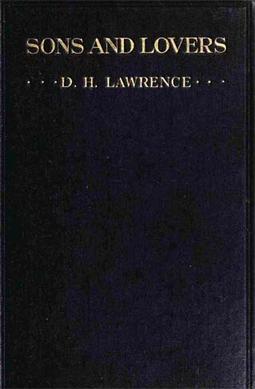
Sons and Lovers is a 1913 novel by the English writer D. H. Lawrence. It traces emotional conflicts through the protagonist, Paul Morel, and his suffocating relationships with a demanding mother and two very different lovers, which exert complex influences on the development of his manhood. The novel was originally published by Gerald Duckworth and Company Ltd., London, and Mitchell Kennerley Publishers, New York. While the novel initially received a lukewarm critical reception, along with allegations of obscenity, it is today regarded as a masterpiece by many critics and is often regarded as Lawrence's finest achievement. It tells us more about Lawrence's life and his phases, as his first was when he lost his mother in 1910 to whom he was particularly attached. And it was from then that he met Frieda Richthofen, and around this time that he began conceiving his two other great novels, The Rainbow and Women in Love, which had more sexual emphasis and maturity.

Lady Chatterley's Lover is the last novel by English author D. H. Lawrence, which was first published privately in 1928, in Italy, and in 1929, in France. An unexpurgated edition was not published openly in the United Kingdom until 1960, when it was the subject of a watershed obscenity trial against the publisher Penguin Books, which won the case and quickly sold three million copies. The book was also banned for obscenity in the United States, Canada, Australia, India and Japan. The book soon became notorious for its story of the physical relationship between a working-class man and an upper-class woman, its explicit descriptions of sex and its use of then-unprintable profane words. It entered the public domain in the United States in 2024.

Seven Pillars of Wisdom is the autobiographical account of the experiences of British Army Colonel T. E. Lawrence while serving as a military advisor to Bedouin forces during the Arab Revolt against the Ottoman Empire of 1916 to 1918.

Jonathan Cape is a London publishing firm founded in 1921 by Herbert Jonathan Cape (1879–1960), who was head of the firm until his death.
Edward William Garnett was an English writer, critic and literary editor, who was instrumental in the publication of D. H. Lawrence's Sons and Lovers.
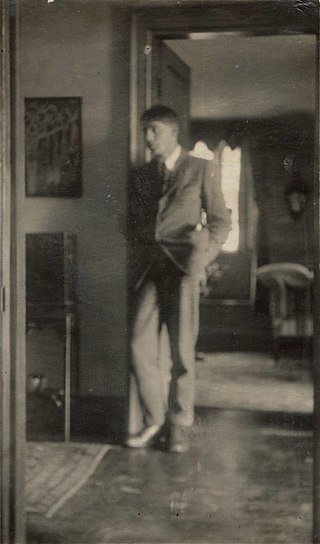
David Garnett was an English writer and publisher. As a child, he had a cloak made of rabbit skin and thus received the nickname "Bunny", by which he was known to friends and intimates all his life.

On the Soul is a major treatise written by Aristotle c. 350 BC. His discussion centres on the kinds of souls possessed by different kinds of living things, distinguished by their different operations. Thus plants have the capacity for nourishment and reproduction, the minimum that must be possessed by any kind of living organism. Lower animals have, in addition, the powers of sense-perception and self-motion (action). Humans have all these as well as intellect.
The Penguin versions of the works of D. H. Lawrence reproduce the scholarly editions originally published by Cambridge University Press without some of the specialist editorial apparatus. They are based on the most accurate versions of the texts, and include a critical essay of introduction; bibliography of criticism; explanatory notes; alternative and missing chapters; and glossaries of dialect terms where required. The titles are widely available in a cheap paperback format.
Marcelo Ramos Motta was a Brazilian writer, Thelemite, and member of the A∴A∴ occult society. Known for his work in the field of Thelema, he was a prominent figure in the Thelemic community and contributed significantly to its literature. Motta was also recognized by his magical names Parzival X° and Parzival XI°. His writings, which include translations of Aleister Crowley's works and original Thelemic texts, have had a lasting impact on the study and practice of Thelema in Brazil and beyond.
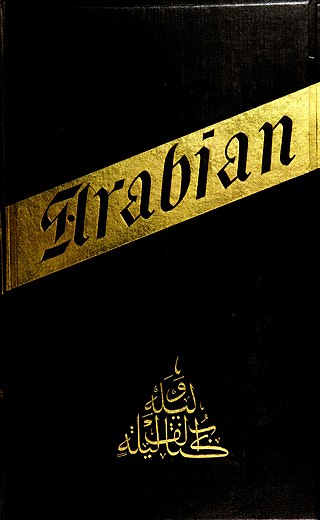
The Book of the Thousand Nights and a Night (1888), subtitled A Plain and Literal Translation of the Arabian Nights Entertainments, is the only complete English language translation of One Thousand and One Nights to date – a collection of Middle Eastern and South Asian stories and folk tales compiled in Arabic during the Islamic Golden Age – by the British explorer and Arabist Richard Francis Burton (1821–1890). It stands as the only complete translation of the Macnaghten or Calcutta II edition of the "Arabian Nights".
The Complete Letters of Oscar Wilde is a book that contains over a thousand pages of letters written by Oscar Wilde. Wilde's letters were first published as The Letters of Oscar Wilde in 1963, edited by Rupert Hart-Davis and published by his publishing firm.
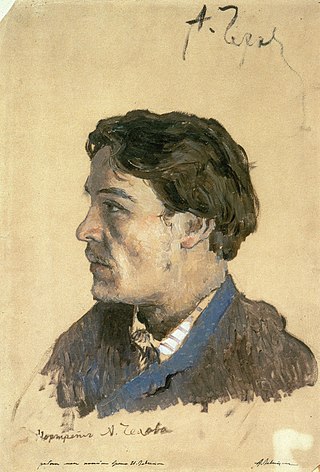
Anton Chekhov was a Russian playwright and short-story writer who is considered to be among the greatest writers of short fiction in history. He wrote hundreds of short stories, one novel, and seven full-length plays.

An expurgation of a work, also known as a bowdlerization, fig-leaf edition or censorship by political correctness is a form of censorship that involves purging anything deemed noxious or offensive from an artistic work or other type of writing or media.
Inverted nun is a rare glyph used in classical Hebrew. Its function in the ancient texts is disputed. It takes the form of the letter nun in mirror image, and appears in the Masoretic text of the Tanakh in nine different places:
Robert Vere Buxton, known as Robin Buxton, was an English cricketer, soldier and banker.

















